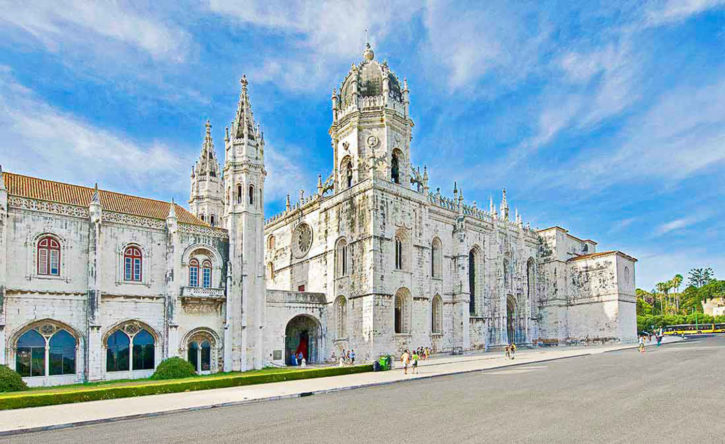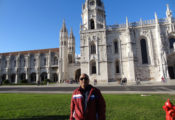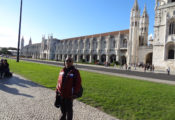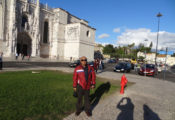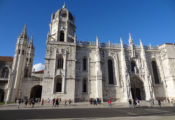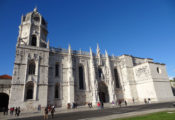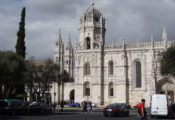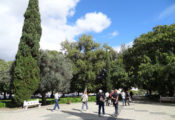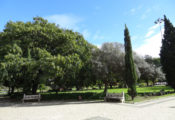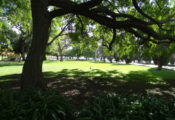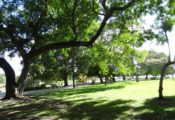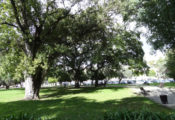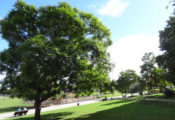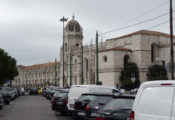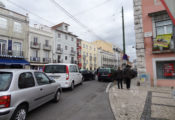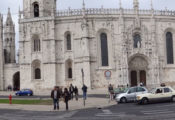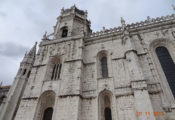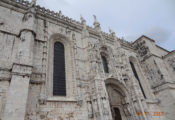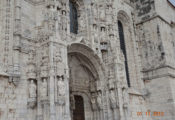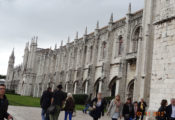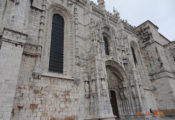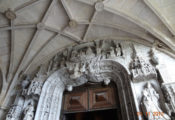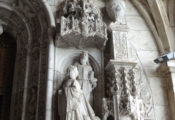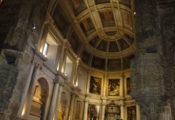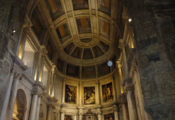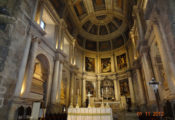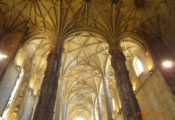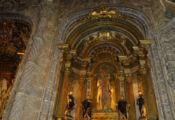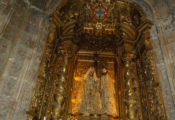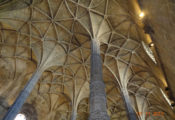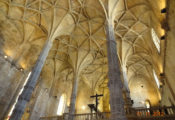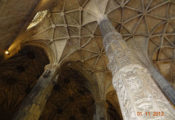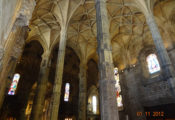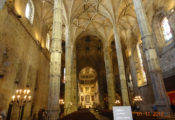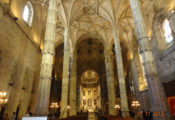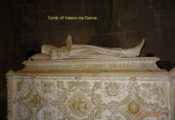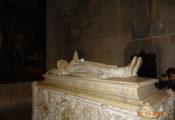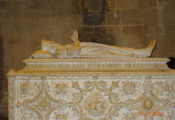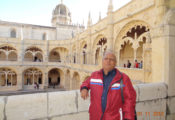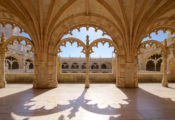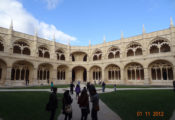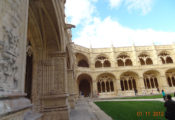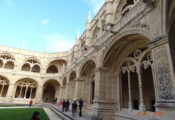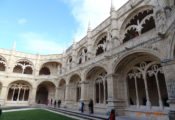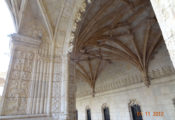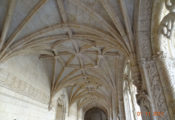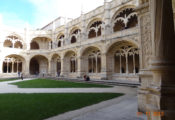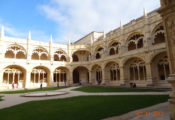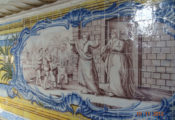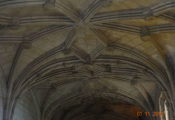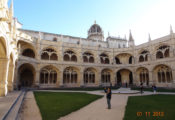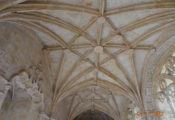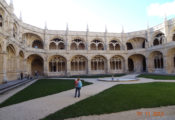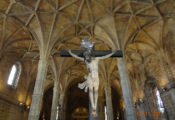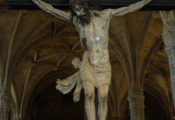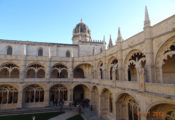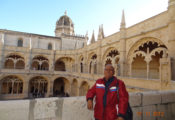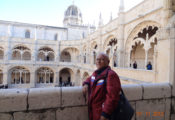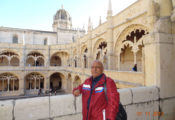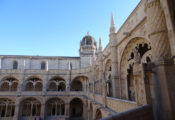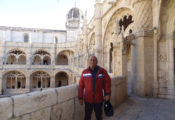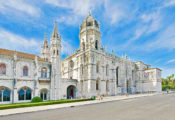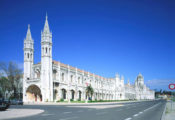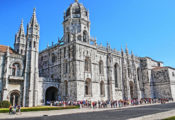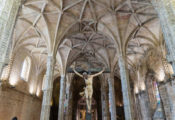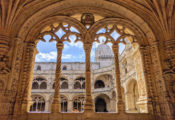Vasco Da Gama, the first European to reach Indian shores on May 20th, 1498, now Rest in Peace, his tomb is placed in Jeronimos Monastery, Lisbon, Portugal. It was King of Portugal Manuel I, in 1495 made efforts to open a trade route to India, and discovering a sea route by going around Africa. Out of many experienced explorers, King Manuel finally chose 37 year old Vasco da Gama for this task. On July 1497, Vasco da Gama sailed from Lisbon with a fleet of 4 ships with a crew of 170 men from Lisbon. The day before their sailing, Vasco da Gama and his crew spent their last night in Portugal in a prayer before leaving for India. Later, Jerominos Monastery was built at the same place where the prayer was held, to commemorate Vasco Da Gama’s voyage and to give thanks to the Virgin Mary for his success.
The Monastery was occupied by the Monks by the order of Saint Jerome, whose spiritual job was to give guidance to sailors and pray for the king’s soul. The Monastery was built in Gothic with much of the design characterized by elaborate sculptural details and maritime motifs. The design of sculptural architecture became a style to glorify the great ‘discoveries’ of the age.
The Jeronimos Monastery is the most impressive symbol of Portugal’s power and wealth during the Age of Discovery. On May 20, 1498 Vasco da Gama and his crews reached India , they headed for Kappad, near the large city of Calicut. They spent several months trading in India and studying Indian customs. They left India at the end of August and finally reached Portugal in September 1499. Vasco da Gama returned to Lisbon after more than 2 years during which he travelled 38600 kilometers. Only 54 of the 170 crew survived. However, the king was pleased, Gama received a hero’s welcome back in Portugal, thinking that if this expedition could be done once, it could be done again. He was sent on a second expedition to india in 1502 during which he brutally clashed with Muslim traders in Calicut. Two decades later, Gama again returned to India, but this time he died there of an illness in late 1524. His body was originally buried in Saint Francis Church in Fort Kochi, but after fourteen years, his remains were removed to Lisbon and now in Jeronimos Monastery, Lisbon.

